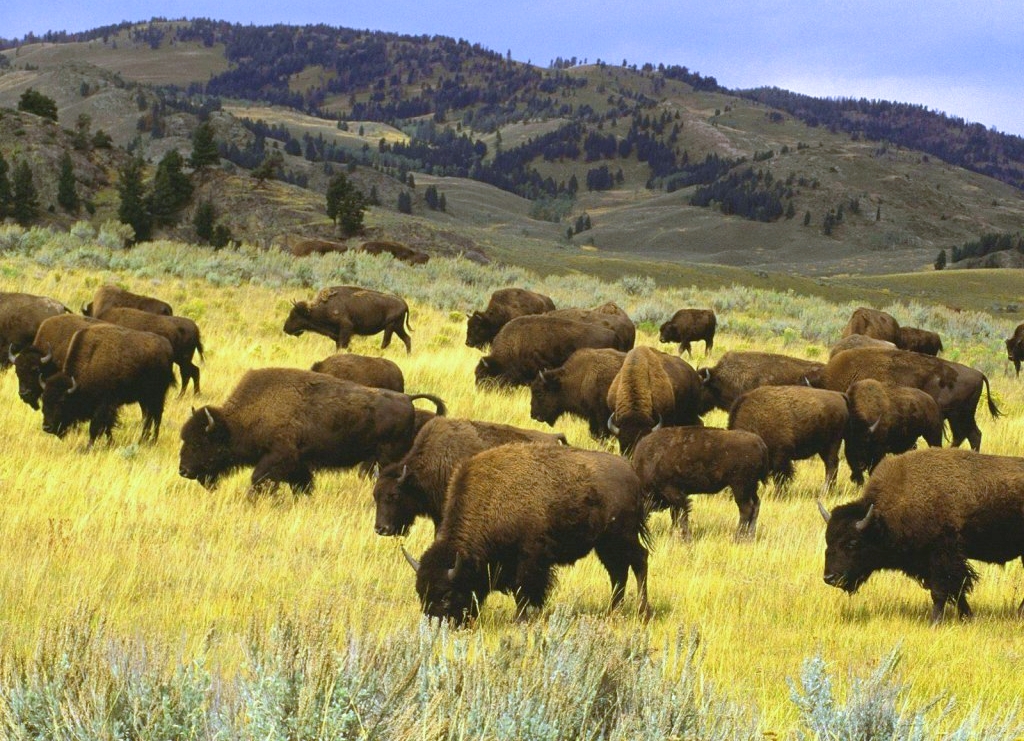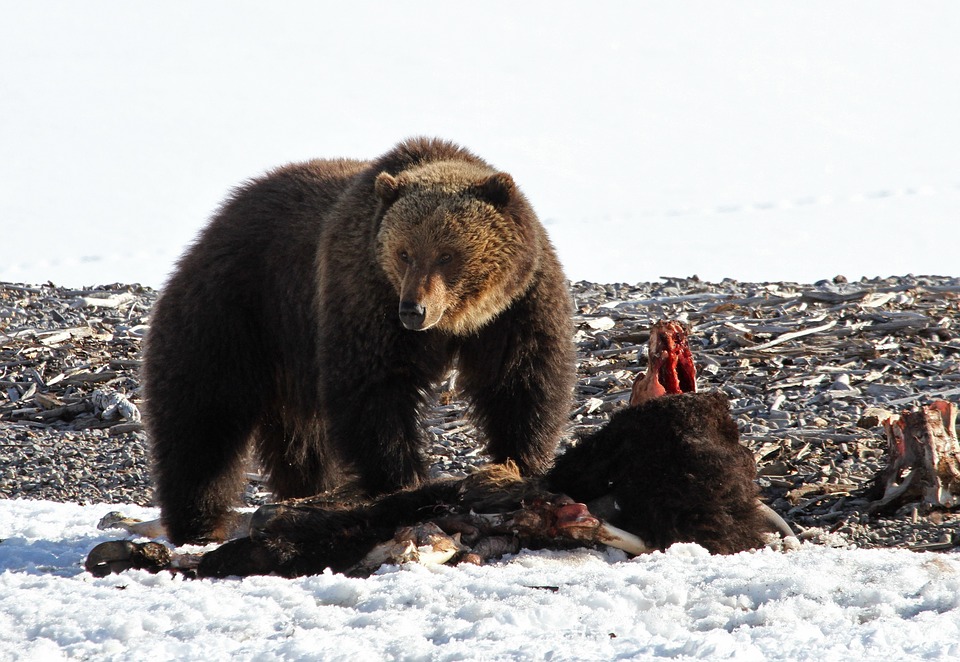“I’ve told the APR they are replacing the tax base. When they buy a ranch and take out the fences and quit using that land for production agriculture, they’re hurting the economy…People camping at the APR are camping on their property or staying in their luxury lodge, they’re not staying at local hotels or campgrounds. They’re not helping the local economy.”
‘American Serengeti’: American Prairie Reserve would cut agriculture production in Montana
Heard about the American Prairie Reserve? It’s a non-profit organization that has privately undertaken a project in northeastern Montana to create a wildlife conservation area of over three million contiguous acres through a combination of both private and public lands. Their goal is to acquire and manage approximately 500,000 private acres of prairie ecosystem, which can then be joined with three million acres of existing public land to create a wildlife complex for tourism and conservation. They are proudly promoting this as the “The American Serengeti.”
Might sound like heaven to someone crammed into a high-rise city apartment but something is missing from the plan; people live in the “American Serengeti.” There are small towns, large and small businesses, schools, communities as well as productive farms and ranches, many that have been in the same family for more than 100 years.
(At TSLN press time, the organization had requested a change in their BLM grazing allotments from cattle to bison. Their proposal included season-long grazing, removing interior fencing and fortifying the external fence with an electric wire.)
Last year, the organization turned its eyes south of Phillips County to Fergus County where they purchased a building in downtown Lewistown; although Lewistown locals say nothing has been done yet with the building.
Kris Descheemaeker, who ranches east of Lewistown with her husband and is a Fergus County Farm Bureau member, says the mantra of the APR that they are “helping the dying small towns by bringing in tourism dollars” doesn’t ring true.
“First of all, young people are coming back to our communities, not only for production agriculture—there are five different ranches within 50 miles who have had their kids come back—but others are coming back to be dentists, chiropractors and business owners,” she said. “I’ve told the APR they are replacing the tax base. When they buy a ranch and take out the fences and quit using that land for production agriculture, they’re hurting the economy. Since they aren’t involved in production agriculture, they aren’t buying equipment so the equipment dealer goes out of business. That means we have to go to Billings to get parts, so we’re not spending our money in the community. I’ve told them they’ve taken away the people making a living here who spend money in our grocery stores and taken money away from the schools. People camping at the APR are camping on their property or staying in their luxury lodge, they’re not staying at local hotels or campgrounds. They’re not helping the local economy.”
Jamie and Matt Wickens own a ranch as well as an outfitting business in Winifred on the edge of the Missouri River Breaks. The young mother explains that they have been fortunate to raise their kids with a foundation of faith in a strong and close-knit agricultural community built from generations of hard-working faithful families.
“Matt’s great grandfather homesteaded here, his dad, uncle and brother still operate on the family place. Our neighbors place has been passed down three generations, the fourth just born. Times are changing though,” Wickens says regretfully. “Just out our backdoor a large portion of the Missouri River Breaks has been designated a National Monument, setting uncertainty to the future of farmers and ranchers in ag production. The American Prairie Reserve is buying land and ranches not to keep in production agriculture, but with the goal of creating the ‘American Serengeti.’ The thought of what is to come in the next 10 years is gut wrenching for me as a parent who has been raising our kids in a deep-rooted agricultural community. The signs, social media posts, letters to the editor, referencing “SAVE the Cowboy STOP the APR” is real. It is another challenge we are currently facing. It is not just in our community, it extends throughout our county, the state of Montana and beyond.”
Wickens asks people to think about where the beef came from when they sit down at a BBQ or who raised the T-bone steak and grew the barley for that “cold one” and what it took to get to their plate and glass.
“I can guarantee it didn’t come from hard work of the APR building the American Serengeti in North Central Montana, but there is a good chance it came from an agricultural operation that cares for the land, supports the local community and will for future generations. We take pride in Montana agriculture and will do our best save the cowboy for generations to come,” she said.
Free Range Report
Thank you for reading our latest report, but before you go…
Our loyalty is to the truth and to YOU, our readers!
We respect your reading experience, and have refrained from putting up a paywall and obnoxious advertisements, which means that we get by on small donations from people like you. We’re not asking for much, but any amount that you can give goes a long way to securing a better future for the people who make America great.
[paypal_donation_button]
For as little as $1 you can support Free Range Report, and it takes only a moment.



